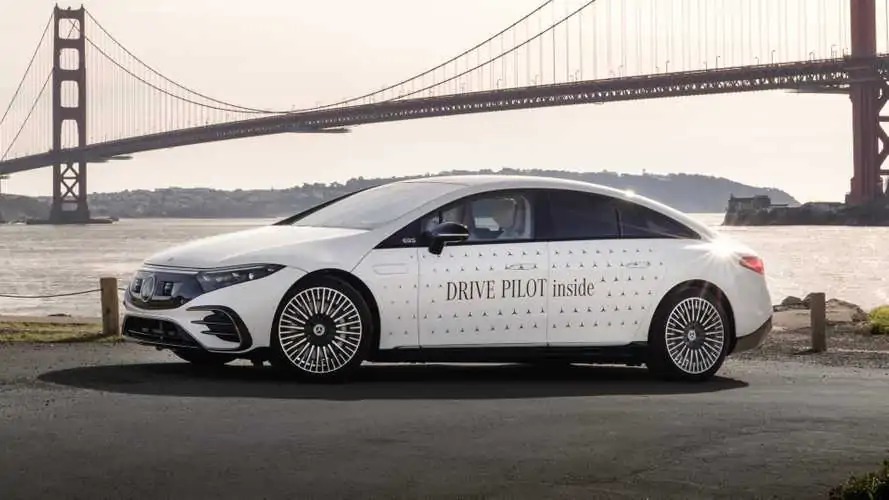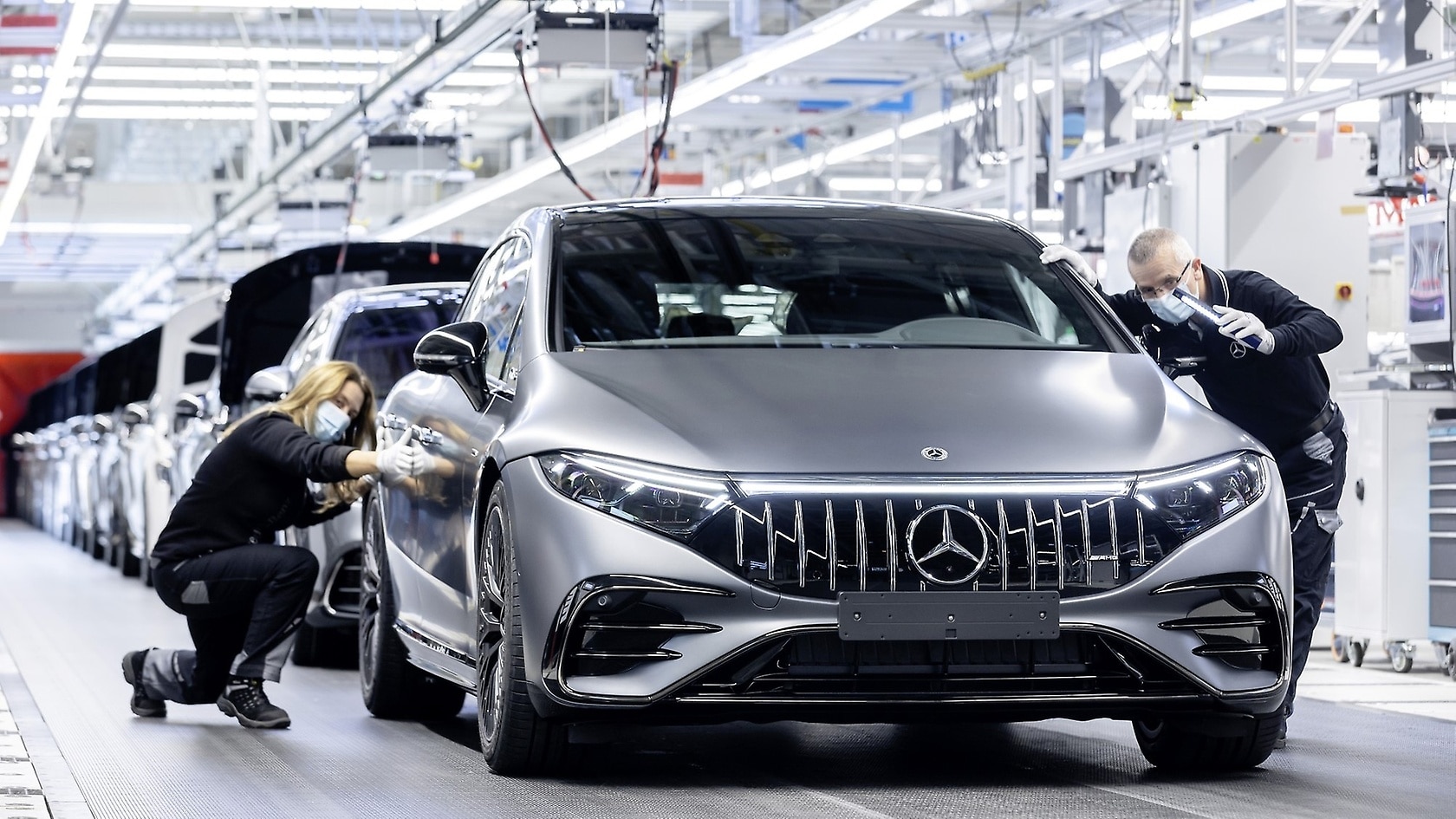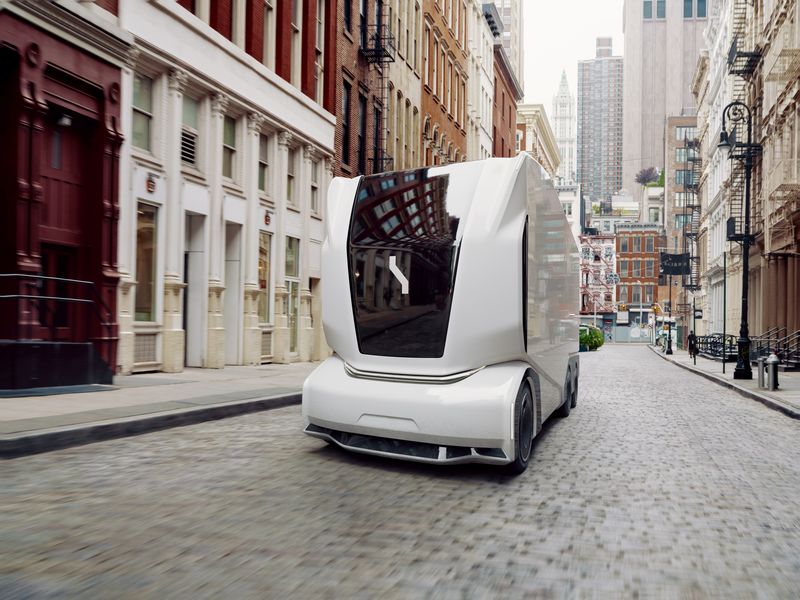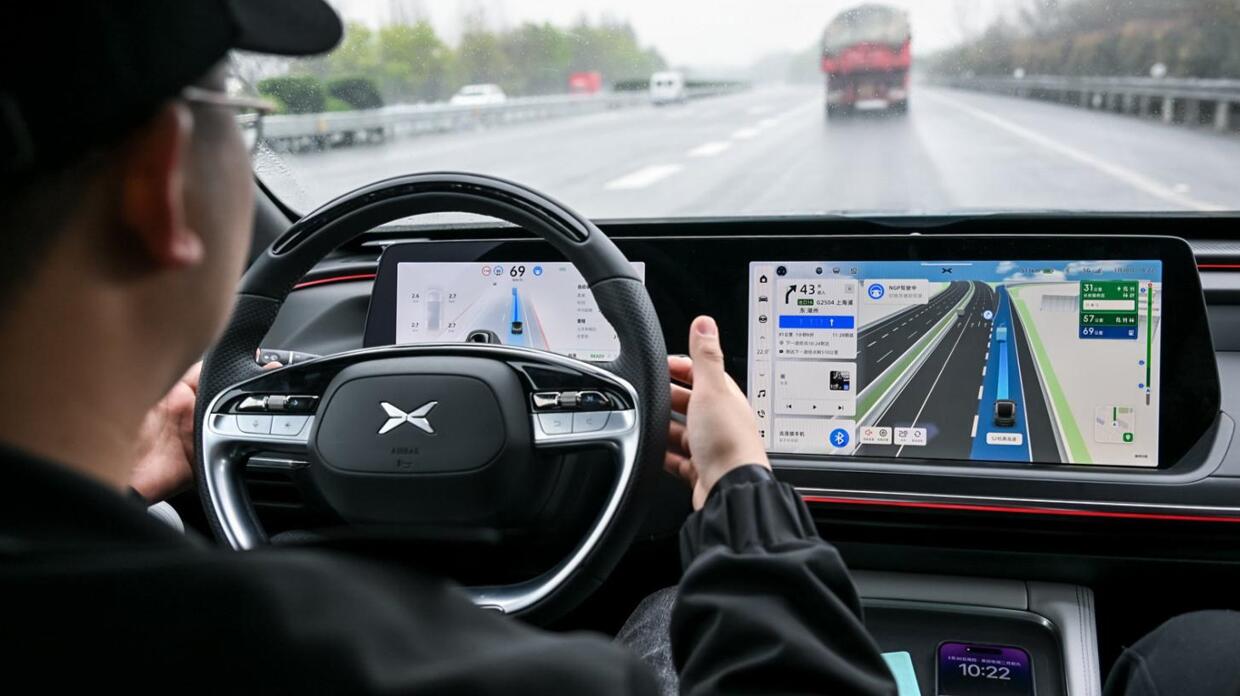Mercedes-Benz’s Drive Pilot SAE Level 3 technology has been granted conditional certification in California, making it the second state in the US, after Nevada, to approve the use of the advanced driving system. The California regulators have given the green light for the system to be implemented in Mercedes-Benz’s EQS Sedan and S-Class vehicles, making the automaker the first to introduce a SAE Level 3 system in a production car for public freeway use in the state.
Beginning in late 2023, customers will be able to receive the first vehicles equipped with Drive Pilot, with the option becoming available for the 2024 models of the S-Class and EQS Sedan. Mercedes-Benz intends to expand the availability of Drive Pilot to other markets in the future, following its successful certifications in Nevada and California.
The Chief Technology Officer of Mercedes-Benz Group AG, Markus Schäfer, expressed his satisfaction with the certifications, highlighting the uniqueness of the Drive Pilot system as the only SAE Level 3 technology with internationally recognized type approval. Schäfer emphasized the robustness and industry-leading standards of Drive Pilot, which is built on a sophisticated vehicle architecture featuring redundancy and a comprehensive array of sensors to ensure comfortable and safe conditionally automated driving.
While Drive Pilot-equipped vehicles will be capable of driving across the United States, Level 3 autonomy will only be operational in specific areas where it is legally permissible. Currently, these areas include the interstate highway linking Southern California to Nevada, as well as select highways in the Bay Area, Central Valley, Los Angeles, Sacramento, and San Diego.
Within these designated sections of freeway with high traffic density, Drive Pilot can assume control of the driving task, provided the vehicle’s speed does not exceed 40 mph (64 km/h). Mercedes-Benz clarified that the speed restriction is primarily due to existing government regulations, as Drive Pilot is currently optimized for operation in congested traffic scenarios.
However, Mercedes-Benz asserts that the Drive Pilot system has the technical capabilities to function at higher speeds. The company’s long-term objective is to enable speeds of up to 80 mph (130 km/h) in the final iteration of the system. To achieve this goal, Mercedes-Benz has partnered with influential industry players such as NVIDIA and Luminar.
While Drive Pilot is engaged, drivers are permitted to divert their attention from the road and engage in secondary activities like reading a book, using mobile devices, or accessing certain applications on the vehicle’s display, which are typically restricted during driving. The system takes control of speed, distance, and lane-keeping, allowing the driver to relax, but they must remain prepared to assume control of the vehicle at any moment, meaning they cannot fall asleep or completely disengage from the driving task.







